Introduction
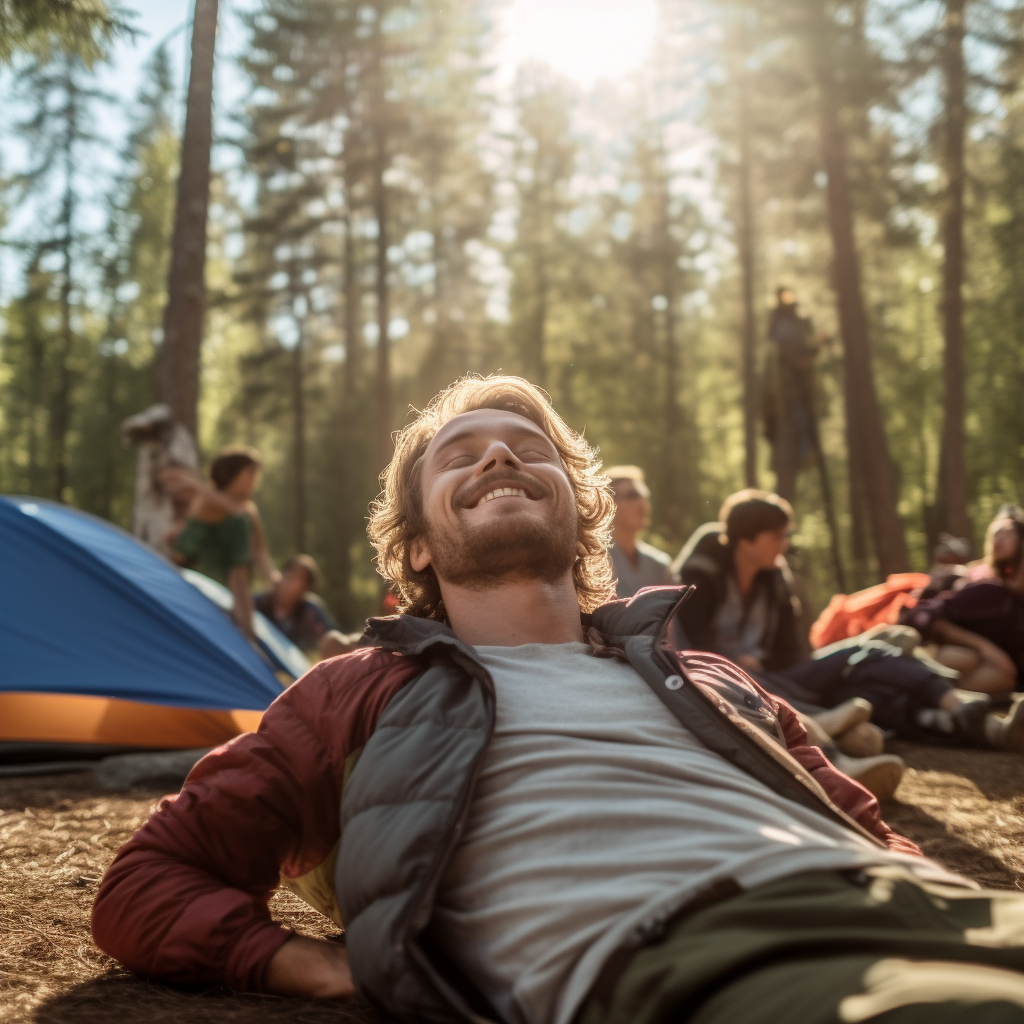
Embarking on an adventure in the great outdoors is a quintessential American experience. With over 60 U.S. National Parks spanning the country’s diverse landscapes, there’s no better place to immerse yourself in nature. This U.S. National Parks camping guide will offer crucial information and expert tips to prepare you for an unforgettable camping experience.
Table of Contents
- Choosing the Right National Park for Camping
- Best U.S. National Parks for Camping
- Campground Reservations and Permits
- Camping Rules and Regulations
- Essential Camping Equipment
- Wildlife Safety and Sustainable Camping
- Conclusion
- Frequently Asked Questions
Choosing the Right National Park for Camping
Whether you prefer a tent under the stars, a backcountry escape, or the comfort of an RV, National Parks offer diverse camping options. Consider your preferred camping style and the type of outdoor activities you enjoy. Some parks are perfect for hiking enthusiasts, while others offer great fishing, wildlife spotting, or stargazing opportunities.
Best U.S. National Parks for Camping
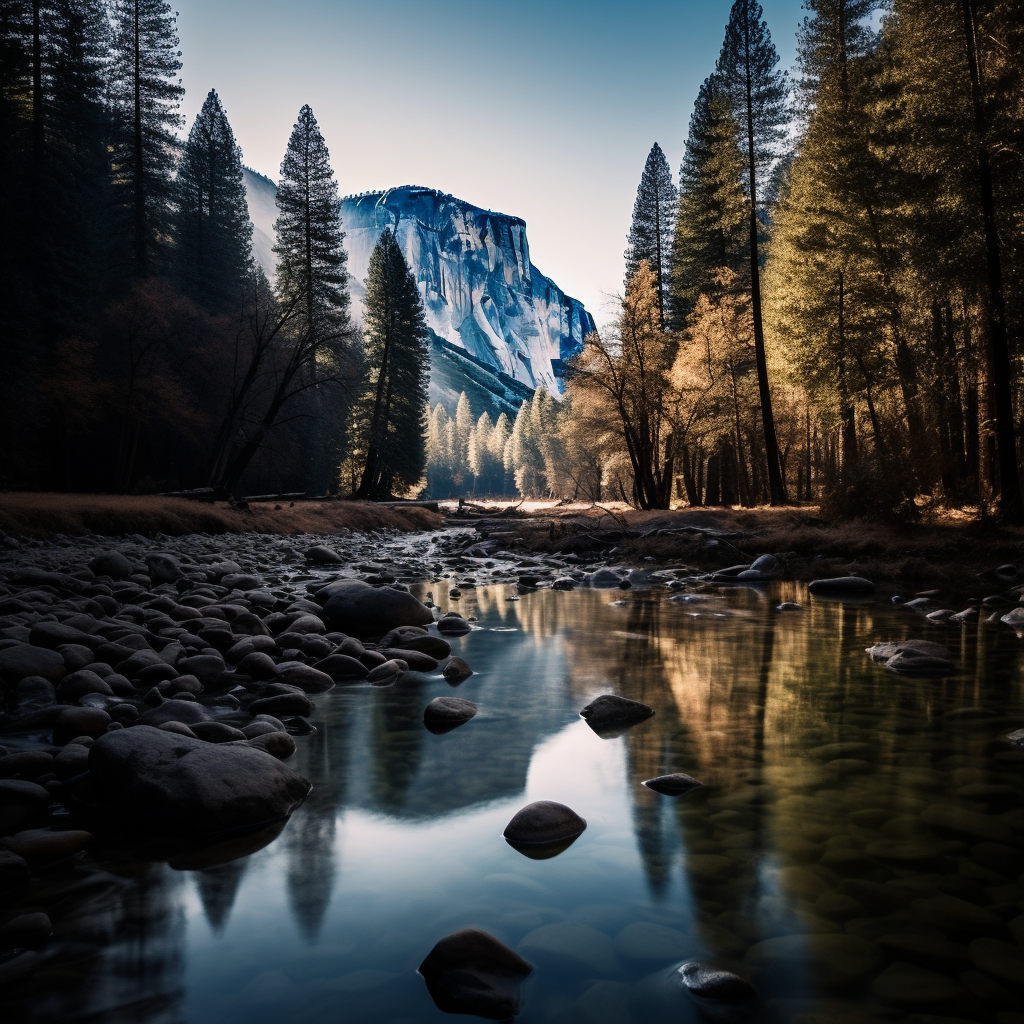
While every park has something unique to offer, some stand out as exceptional camping destinations.
Yosemite National Park is renowned for its dramatic waterfalls and towering sequoias. Its campgrounds are popular, so booking in advance is essential.
Rocky Mountain National Park offers high-altitude camping experiences with a chance to spot diverse wildlife.
For a more secluded experience, Isle Royale National Park offers a backcountry camping adventure on an island in Lake Superior.
Campground Reservations and Permits
Many popular National Parks require campground reservations, especially during peak season. Some even require permits for backcountry camping. Check the National Park Service’s official website for specific information about reservations and permits for each park.
Camping Rules and Regulations
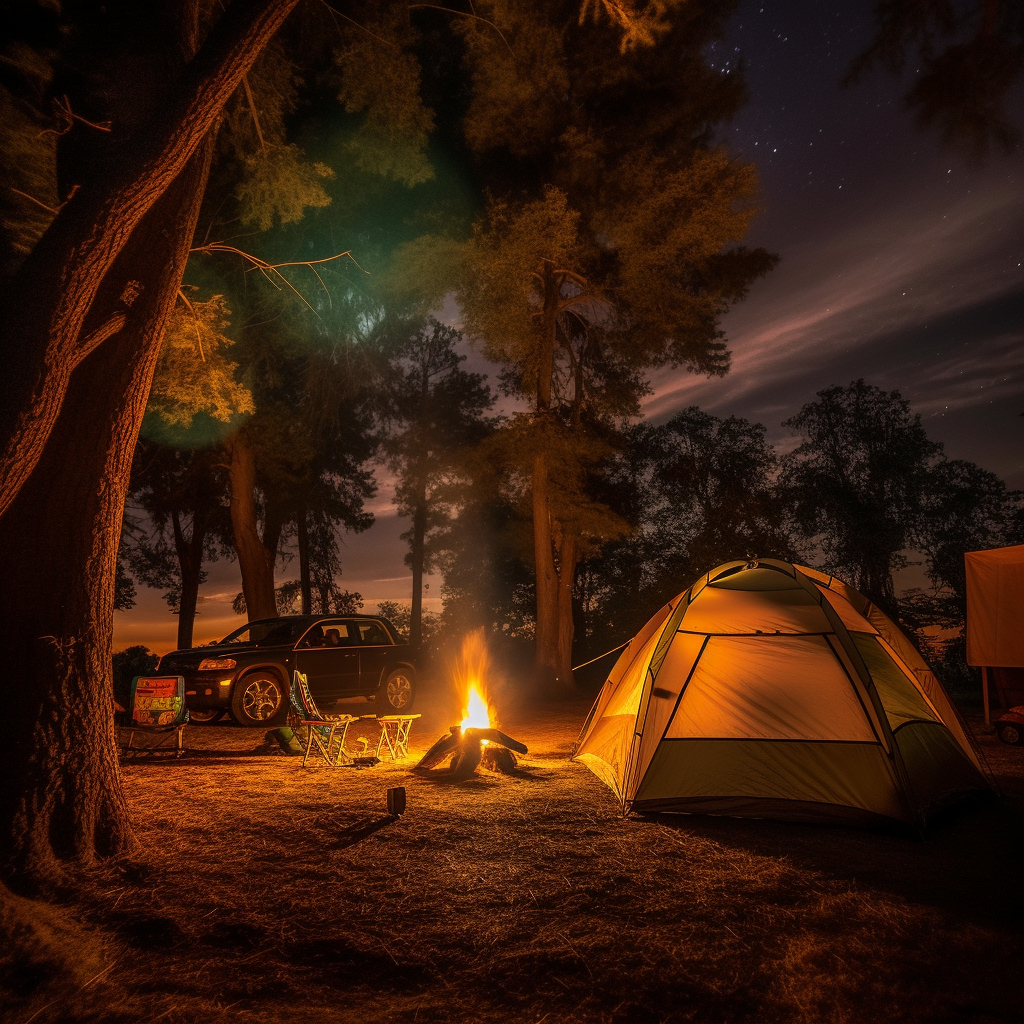
Understanding and respecting the rules is vital for a safe and enjoyable camping trip. Rules can vary between parks, but generally, they include guidelines about fire safety, noise levels, trash disposal, and wildlife interaction.
Essential Camping Equipment
A well-packed camping kit can make a world of difference on your trip. Essential camping equipment includes a high-quality tent, sleeping bag, cooking gear, food storage containers, first-aid kit, map, and a compass. Don’t forget warm clothing and rain gear, regardless of the forecast.
Wildlife Safety and Sustainable Camping
National Parks are home to diverse wildlife, and it’s essential to respect these creatures from a distance. Familiarize yourself with the park’s wildlife and follow all safety guidelines.
Additionally, embrace the principles of Leave No Trace to minimize your impact on these precious ecosystems. This includes properly disposing of waste, respecting wildlife, and leaving natural and cultural features as you found them.
Conclusion
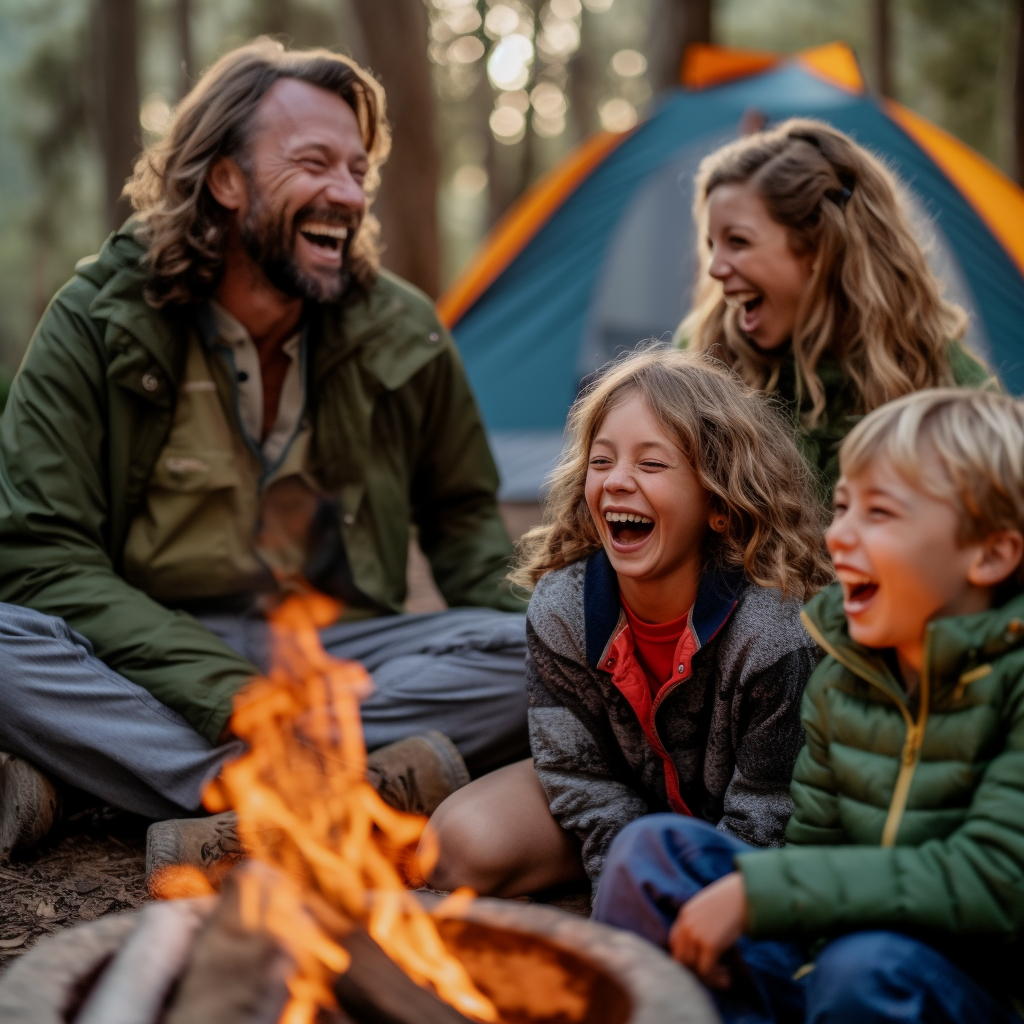
Camping in U.S. National Parks offers an immersive way to experience America’s stunning natural beauty. From choosing the right park to understanding the rules and packing the right gear, proper planning will ensure a memorable and respectful outdoor adventure. Happy camping!
Remember, this guide is just a starting point. Each park has its unique charm, challenges, and rules. Always do your research and plan appropriately for the specific park you’re visiting.
FAQ
Q1: How far in advance should I make campground reservations?
A: For most popular National Parks, it’s advisable to make campground reservations as far in advance as possible, often up to six months. However, each park has its own reservation window, so be sure to check the official National Park Service website for specifics.
Q2: Can I camp anywhere in the National Parks?
A: No, camping is only allowed in designated campgrounds or specific backcountry areas with a permit. Always check the specific rules of the park you’re visiting.
Q3: Are campfires allowed in all U.S. National Parks?
A: Campfire policies vary by park and sometimes by season or current fire risk. Always check the specific fire regulations of the park you’re visiting and never leave a fire unattended.
Q4: Are there RV camping sites in all National Parks?
A: Many, but not all, National Parks have campgrounds that can accommodate RVs. The size of the RV that can be accommodated can also vary. Always check the specific RV policies of the park you’re visiting.
Q5: Are pets allowed in U.S. National Parks?
A: Policies about pets vary by park. In general, pets are allowed in campgrounds, but not always on trails or in backcountry areas. Always check the specific pet policies of the park you’re visiting.
Q6: What kind of food should I bring for camping?
A: Opt for non-perishable, easy-to-cook food items. Also, remember that all food and scented items must be stored properly to avoid attracting wildlife.
Q7: Are there any restrictions on the camping equipment I can bring?
A: Restrictions can vary by park and campsite. For instance, some sites may not accommodate large tents or have restrictions on generator use. Always check the specific equipment policies of the park you’re visiting.
Q8: How can I camp safely in bear country?
A: If camping in bear country, store food and scented items in bear-resistant containers or in provided food storage boxes. Never approach or feed bears. Make noise while hiking to avoid surprising a bear.
Q9: What is the “Leave No Trace” principle in camping?
A: “Leave No Trace” is a set of outdoor ethics promoting conservation in the outdoors. It includes principles like disposing of waste properly, leaving what you find, respecting wildlife, and being considerate of other visitors.
Q10: What should I do in case of an emergency while camping in a National Park?
A: In case of an emergency, contact a park ranger immediately. If a park ranger is not immediately accessible, dial 911. It’s also a good idea to have a basic first-aid kit and know how to use it.

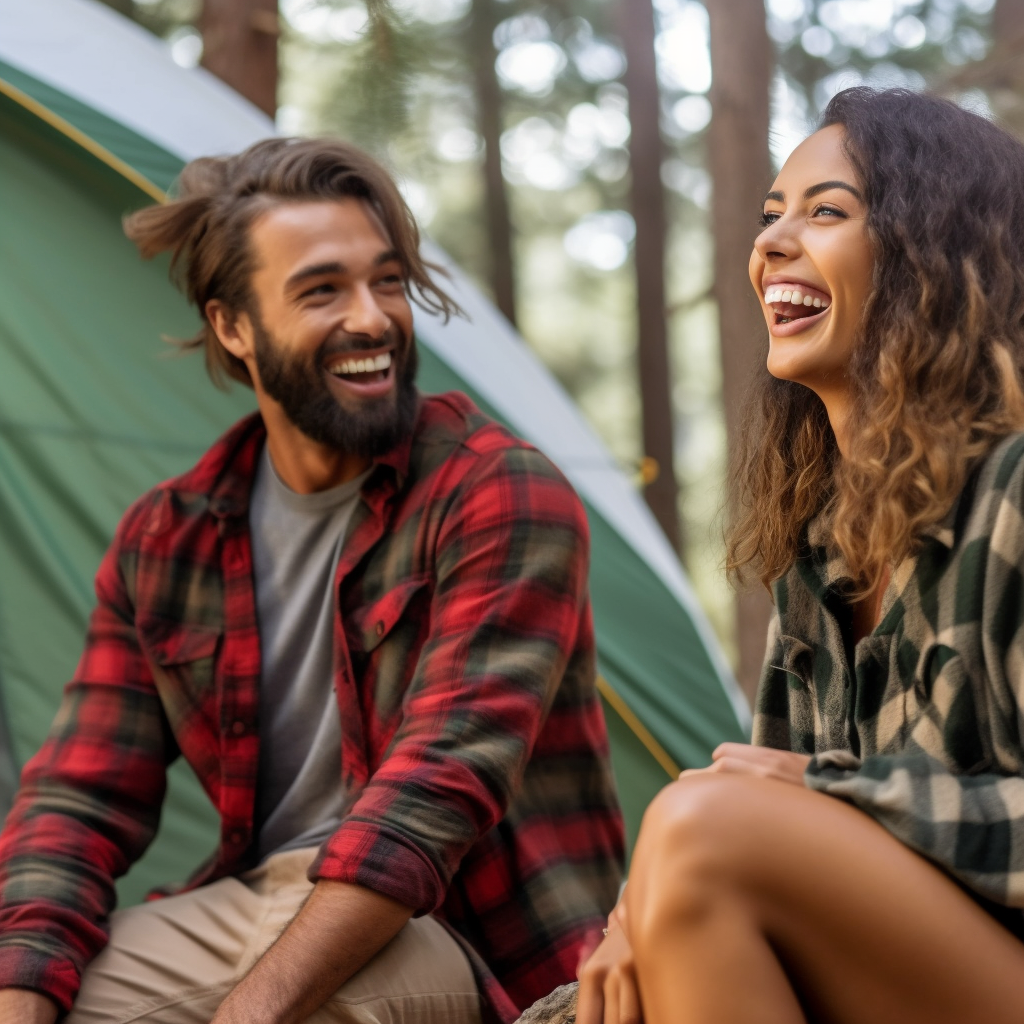
Leave a Reply